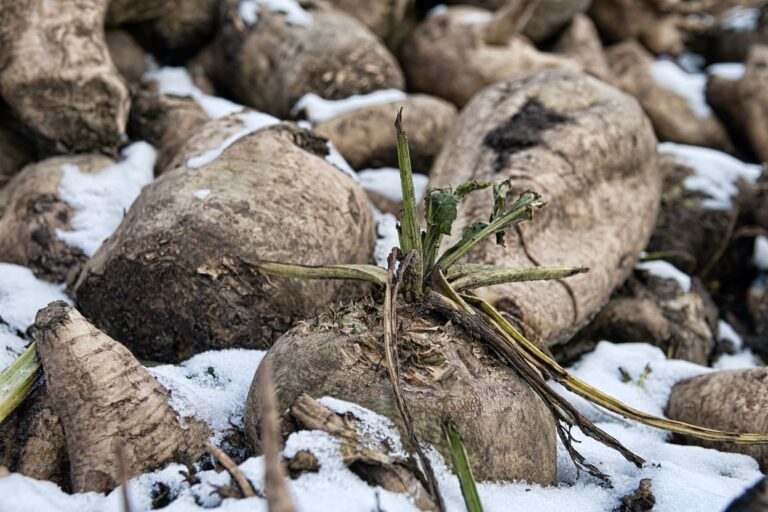When temperatures start to drop, many people think gardening has to stop. That’s not true. Here are the top 8 edible plants you can grow in winter. Tons of edible plants can survive winter temperatures, rain, and poor soil drainage conditions. And purple varieties, in particular, contain a compound (anthocyanin) that helps prevent root rot…
